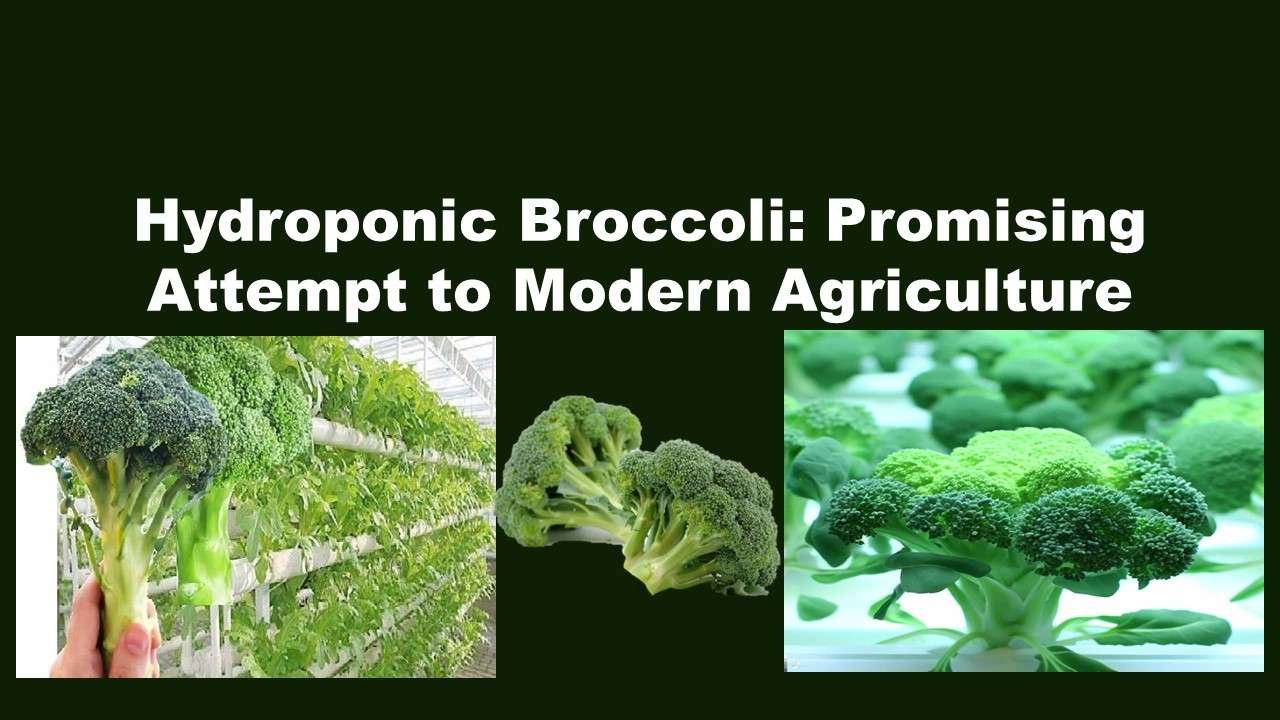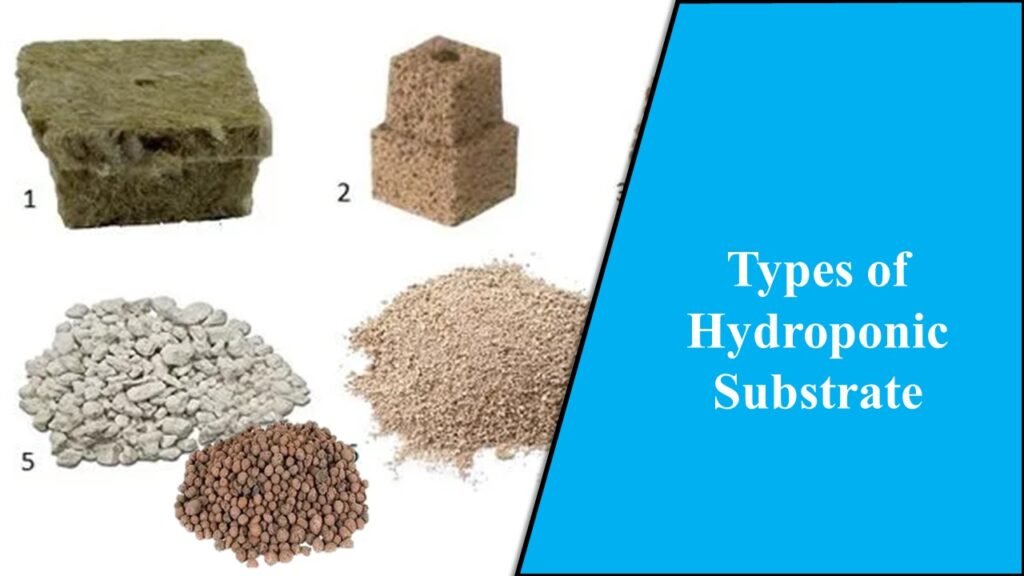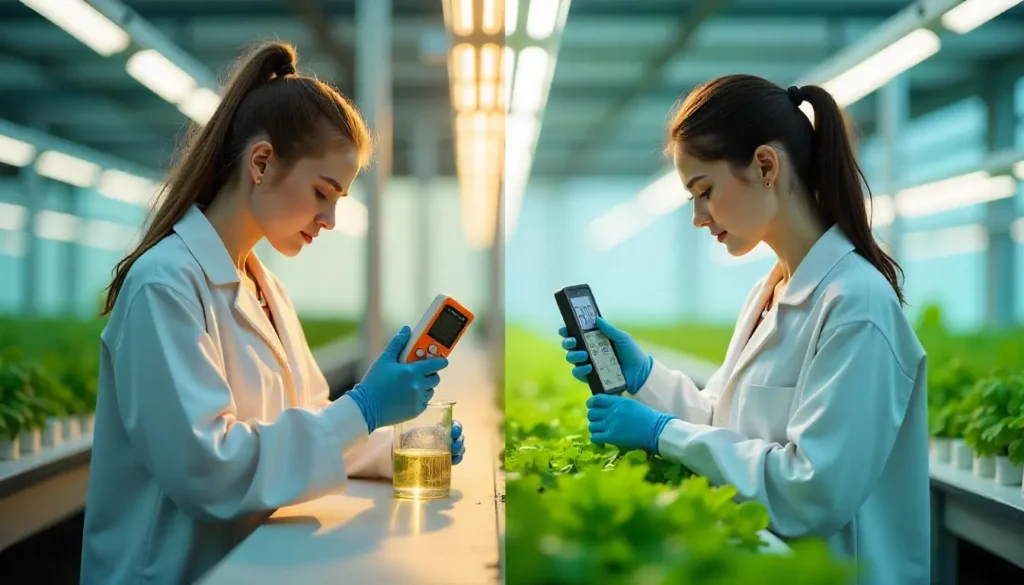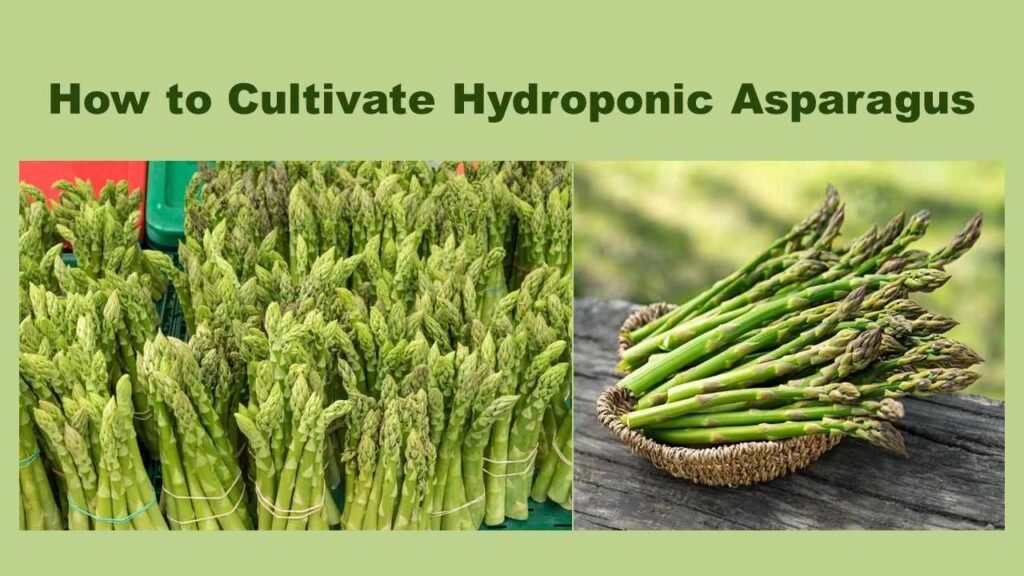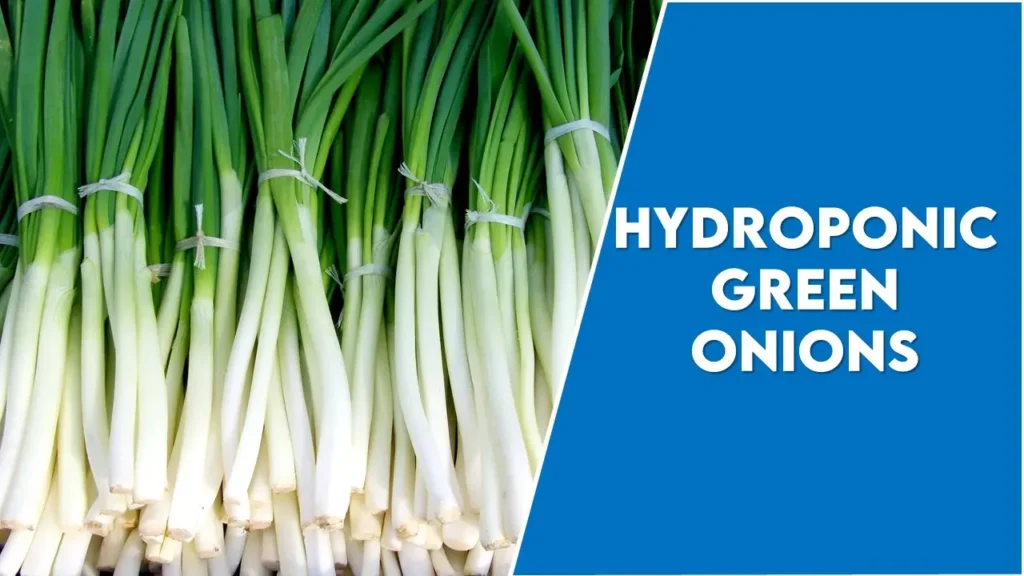Hydroponic Broccoli: Promising Attempt to Modern Agriculture
Broccoli (Brassica oleracea var. Italica ) belongs to the family Cruciferae or Brassicaceae, captivates attention as a nutritionally valuable vegetable, boasting abundant fibre, proteins, lipids, vitamins, and minerals. It is beneficial for human health because it contains phytochemicals like flavonoides and glucosinolates. Nowadays Hydroponic broccoli is gaining attention among cultivators for its promising yield and health benefits.
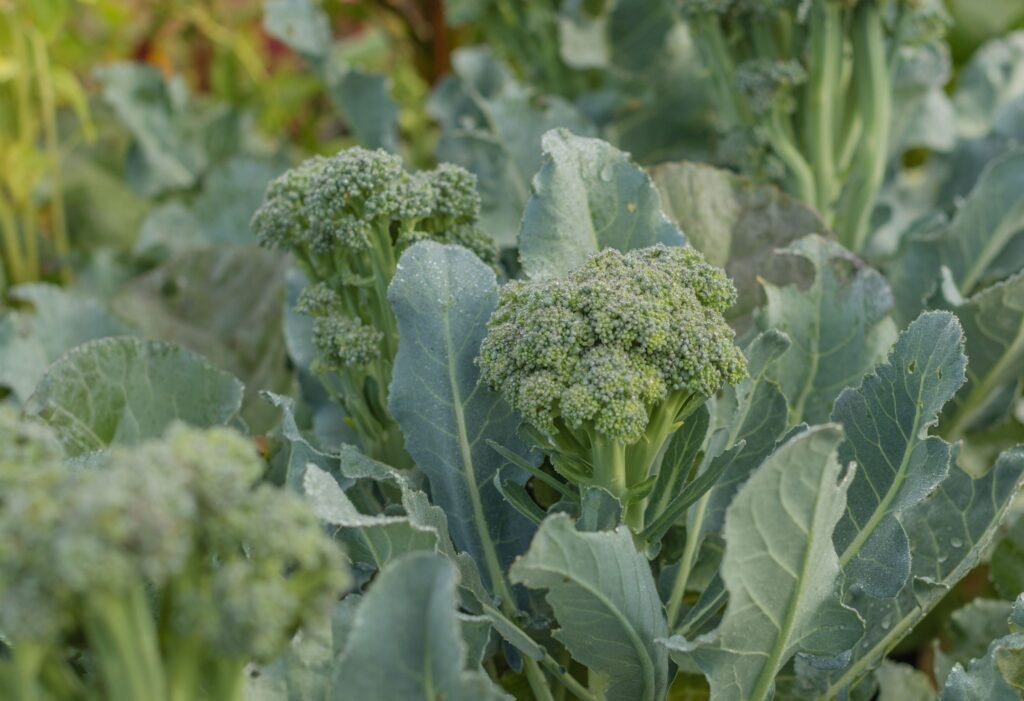
Some Important Broccoli Varieties:
| Variety Name(season) | Description | Days to Harvest |
| Arcadia (late) | Dark green, firm,domed heads, frosted appearance, cold tolerant, hybrid | 63-65 days |
| Bay meadows (all) | Large ,dense, dome heads. | 68 days |
| Broccoli Raab (early) | Non heading brassica with small florets and tender stem, mustard like flavour | 45-55 days |
| Calabrese (all) | Vigorous and flavourful sprouting, italian heirloom | 85-90 days |
| Castle dome (early) | Medium green, domed heads, uniform, good holding ability. | 75 days |
| De Cicco (all) | Small, blue-green heads, milti-cut, nonuniform | 75 days |
| Diplomat (late) | Medium large, dark green heads, dense and uniform. | 68 days |
| Emerald crown (mid) | Large, doomed, good for crown cut, tolerant to purpling in the cold | 59 days |
| Emerald pride (late) | Dark green, semi-domed heads, good for bunching | 97 days |
| Southern comet (mid) | Deep green, flavorful and productive | 65-75 days |
| Green Magic (all) | Blue – green, medium, domed heads, smooth and uniform, flavorful | 80-85 days |
| Gypsy (all) | Domed, uniform heads, good for bunching | 58-65 days |
| Marathon (late) | Domed, large, good for winter production | 68-75 days |
| Packman (early) | Large and uniform heads, productive and flavorful | 50-55 days |
| Patron (mid) | Dark blue-green, uniform, holds colour well post-harvest | 94 days |
| Premium crop (mid) | Large heads, good holding ability | 58 days |
| Triathlon (late) | Smooth, domed, good for crown cut | 100 days |
| Waltham (mid) | Dark, blue-green heads, cold tolerant and sturdy, heat sensitive | 74-85 days |
By applying different nutrient rich water solutions we can provide every essential element precisely and foster faster growth and higher yields. This is a sustainable way which has the potential to reshape modern agriculture and deliver fresh and nutrient rich broccoli to the consumers.
Hydroponics became popular because of its precise resource usage and optimum nutrient absorption making hydroponic broccoli a sustainable and high yielding cultivation practice for the growers.
Reason for Increasing Interest in Growing Hydroponic Broccoli:
Nutrient-Rich Goodness
One of the key attractions of hydroponic broccoli lies in its impressive nutritional profile. Comparable to conventionally grown broccoli, hydroponic varieties boast high levels of essential vitamins and minerals.Vitamin C, renowned for immune system support, is present in abundance, with hydroponic broccoli often exceeding daily recommended intake. Vitamin K vital for blood clotting and bone health, also shines prominently.
Nutritional value of Hydroponic Broccoli:
| Calories | 55 Kcal |
| Protein | 3.7 g |
| Carbohydrates | 11.2 g |
| Dietary Fibre | 3.3 g |
| Sugars | 1.7 g |
| Fats | 0.6 g |
Vitamins and Minerals Present in Hydroponic Broccoli:
| Vitamin A | 12% |
| Vitamin C | 148% |
| Vitamin K | 220% |
| Folate | 13% |
| Potassium | 10% |
| Calcium | 8% |
| Iron | 3% |
Efficiency of Growth and Resource Utilization :
The notable benefit of hydroponic broccoli lies in its accelerated growth and efficient resource utilization. Plant gets direct nutrient access that leads to faster maturation. Additionally, hydroponic systems, being water-efficient, contrast favourably with traditional soil farming, particularly in regions with water scarcity, aligning with the increasing emphasis on sustainable agricultural practices.
Year-Round Accessibility
Traditional farming is subject to seasonal limitations, but hydroponics provides a solution. Hydroponic broccoli cultivation is not bound by climate or weather constraints, enabling year-round production. Hydroponics can grow vegetables in controlled environments and provide continuous supply which can easily meet the consumer’s demand easily.
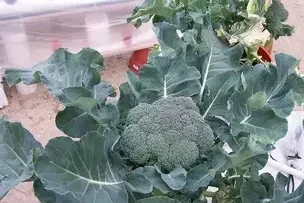
Best Broccoli Varieties for Growing Hydroponically:
Green Magic:
Green Magic broccoli is widely favored in hydroponics for its compact growth and rapid maturity. The dark green heads of small to medium size provide excellent flavour.
Di Cicco:
Di Cicco stands out as an heirloom broccoli type celebrated for its ongoing side-shoot generation. Beyond the initial harvest of the main head, it consistently produces smaller florets, offering an extended harvesting window. Particularly well-suited for continuous cropping in hydroponic systems.
Calabrese:
Calabrese broccoli thrives in hydroponic systems, yielding tight, compact heads with a relatively short maturity period.
Belstar:
Belstar broccoli, a hybrid variety tailored for controlled environments and hydroponic cultivation, features a uniform, dome-shaped head and exhibits resistance to bolting.
Pac man:
Pacman broccoli stands out with its distinctive look, featuring a central head surrounded by numerous small side shoots. Ideal for hydroponic systems, this variety continues to produce side shoots even after harvesting the main head.
Marathon:
Marathon broccoli, crafted as a hybrid for controlled environments and hydroponic cultivation, boasts a short growth cycle and delivers consistent, dense heads.
Apollo:
Apollo broccoli, a compact and early-maturing variety, is well-suited for hydroponic cultivation. The heads are small to medium sized and disease resistant.
Gypsy:
Gypsy broccoli, a compact variety with rapid maturation, is an excellent fit for hydroponic systems.
Hydroponic System Used to Grow Hydroponic Broccoli
Broccoli can thrive in various hydroponic setups, provided there’s ample space for plant development. Effective systems for growing broccoli include Nutrient Film Technique, ebb and flow, and deep water culture (DWC).
Nutrient Film Technique :
The Nutrient Film Technique (NFT) is a hydroponic method where plants are positioned in a thin water stream carrying all essential dissolved nutrients for their growth. This stream circulates through growth tanks housing the plant roots, allowing nutrient absorption and simultaneous exposure to oxygen due to the shallow water and suspended roots.
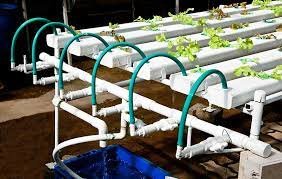
Ebb and Flow Method :
Ebb and flow, often known as flood and drain, represents one of the most prevalent hydroponic systems. It maintains optimum balance between oxygenation and nutrient concentration, which is appropriate for hydroponics.
While cultivating in an ebb and flow system is less intricate than aeroponics, there is still a learning curve. However, with proper research or prior hydroponic experience, it becomes manageable.
In this system, plants are secured on a flood table or grow tray, supported by a stand with a reservoir underneath holding water and nutrients.
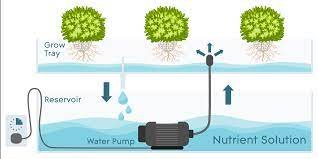
Deep Water Culture :
Deep culture method is one of the efficient methods for cultivating hydroponic broccoli. In this system, plant roots are directly suspended in the nutrient-rich solution, eliminating the need for the water pump and air stone to aerate the root zone.
With minimal maintenance and fewer moving parts, this approach allows broccoli plants to fruit or flower more rapidly compared to other systems. Surprisingly, it’s feasible to grow broccoli in a deep water culture system using just a single five-gallon bucket.

Hydroponic Broccoli Propagation Through Seeds or Clones :
- Hydroponic broccoli propagation can begin either from seeds or clones. Generally, starting from seeds is the easiest, with germination taking 7 to 14 days in rapid rooter plugs on a heat mat. After sprouting, maintaining a cooler environment is ideal for broccoli.
- Plant spacing of 12-16 inches allows for proper development and the growth of large heads. Alternatively, cloning broccoli can be cost-effective if you already have plants, eliminating the need to purchase seeds.
Another option is buying established broccoli plants and transplanting them into your hydroponic system, which is the easiest but most expensive method.
How to Grow Hydroponic Broccoli :
Choose a Hydroponic System:
Select the hydroponic system, such as the nutrient film technique (NFT) and the deep water culture (DWC), suitable for growing broccoli
Select Broccoli Variety:
Choose a broccoli variety ideal for hydroponic cultivation, taking into account factors such as growth patterns and spatial needs.
Get Broccoli Seeds:
Purchase high-quality broccoli seeds from a reliable source.
Germination:
Germinate the seeds in a seed tray or starter cubes using a germination mat. Maintain optimal temperature and humidity for successful germination.
Seedling Stage:
Once seedlings have sprouted, transfer them to the hydroponic system. Provide a nutrient solution with balanced nutrients suitable for broccoli.
Lighting:
Ensure proper lighting with a combination of blue and red spectrum lights to promote vegetative growth. Maintain a consistent light schedule. Blue light is crucial for vegetative growth and red light promotes flowering and head formation. 12-16 hours of light per day is recommended during vegetative stage and 8-10 hours of light is required during head formation.
Nutrient Solution:
Regularly monitor and adjust the nutrient solution to meet the specific needs of broccoli at different growth stages. Different mixtures of culture media can be used like cocopeat, perlite, sand, sawdust, sand+sawdust, sand+vermicompost, cocopeat+perlite, cocopeat+LECA, cocopeat + pumice, and cocopeat +perlite + vermicompost.
Temperature and Humidity:
Maintain appropriate temperature and humidity levels. Maintaining the temperature between 60 to 70 degrees Fahrenheit (15-24 degree C) is crucial for optimal broccoli growth. Broccoli, being a cool-weather crop, tends to develop a bitter taste when exposed to temperatures exceeding 70 degrees, leading to premature bolting. Maintain humidity level around 50-70%.
Pruning:
Trim excess leaves to encourage air circulation and prevent the development of diseases.
Monitor pH and EC:
Regularly check and adjust the pH and electrical conductivity (EC) of the nutrient solution to ensure optimal nutrient absorption.
| pH | 6.0-6.8 |
| EC | 2.8-3.5 |
Spacing :
Hydroponic broccoli plants should be given 40-70 cm space between plants to facilitate plenty of space to spread out and yield well.
Harvesting:
Harvest broccoli heads when they reach the desired size and the heads are at their peak flavour and quality ( firm and tight, with compact florets). Use a clean, sharp pruning knife to make the clean cut to avoid damaging the plant. Cutting position should be about 5-6 inches below the head (at a slight angle) .
Cleanliness :
Maintain hygiene by sanitizing equipment and regularly cleaning the hydroponic system to prevent algal and fungal growth.
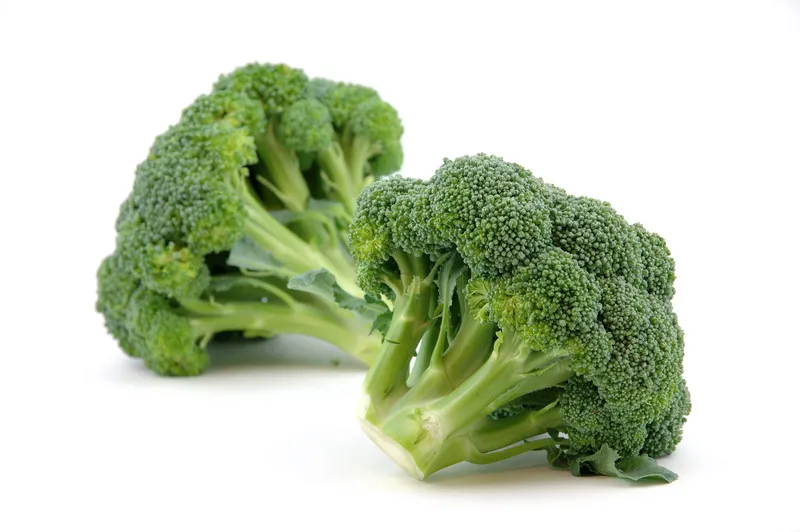
Pest and Disease Management of Hydroponic Broccoli :
Despite the potential for hydroponic cultivation to mitigate certain pests and diseases compared to traditional soil-based crops, hydroponic gardeners may still encounter challenges.
Common Pests :
| Name | Description | Management |
| Whiteflies | Tiny, winged insects, suck sap, spread diseases. | Use yellow sticky traps or neem oil or systemic pesticide. |
| Aphids | Small soft-bodied insects cluster on the underside of the leaves, feeding plant sap. | Controlled through the use of insecticidal soap or neem oil. |
| Cabbage loopers | Green caterpillars chew on leaves. | Hand-picking methods are beneficial. |
| Spider mite | Tiny arachnids feed on leaves | Apply need oil or strong spray of water to dislodge them. |
Common Diseases :
| Disease | Description | Management |
| Powdery mildew | White powdery substance on leaves | Good air circulation, check humidity level, apply fungicide. |
| Downy mildew | Yellow spots on leaves and downy growth on undersides. | Manage humidity, apply copper-based fungicide. |
| Pythium Root rot | damping -off of seedlings | Clean growing media and maintaining proper sanitation. |
Challenges and Innovations:
Despite the various benefits offered by hydroponic broccoli, obstacles such as high initial setup costs and the requirement for specialized knowledge may deter certain farmers. Hydroponics can grow vegetables in controlled environments and provide continuous supply which can easily meet the consumers.
The Future of Hydroponic Broccoli
Hydroponic broccoli has become an innovation symbol which can face the global challenges in aspects of food security and environmental sustainability. It is an effective solution for agriculture as it can provide nutrients and reliable yield which minimise environmental impact.
Conclusion:
Hydroponic broccoli cultivation is the best alternative to traditional soil culture. It provides all the essential nutrients in a precise manner which improves the nutrient absorption efficiency also. It is basically a soilless culture where nutrients are provided through water. We get higher yield and high quality produce. Although the initial cost is high, it provides long term advantages of resource efficiency, reduces the environmental impact and provides a sustainable way of agriculture.
Join Our Hydroponics Growers Group!
Connect with fellow hydroponics enthusiasts, share your ideas, ask questions, and grow together as a community.
👉 Join WhatsApp Group
